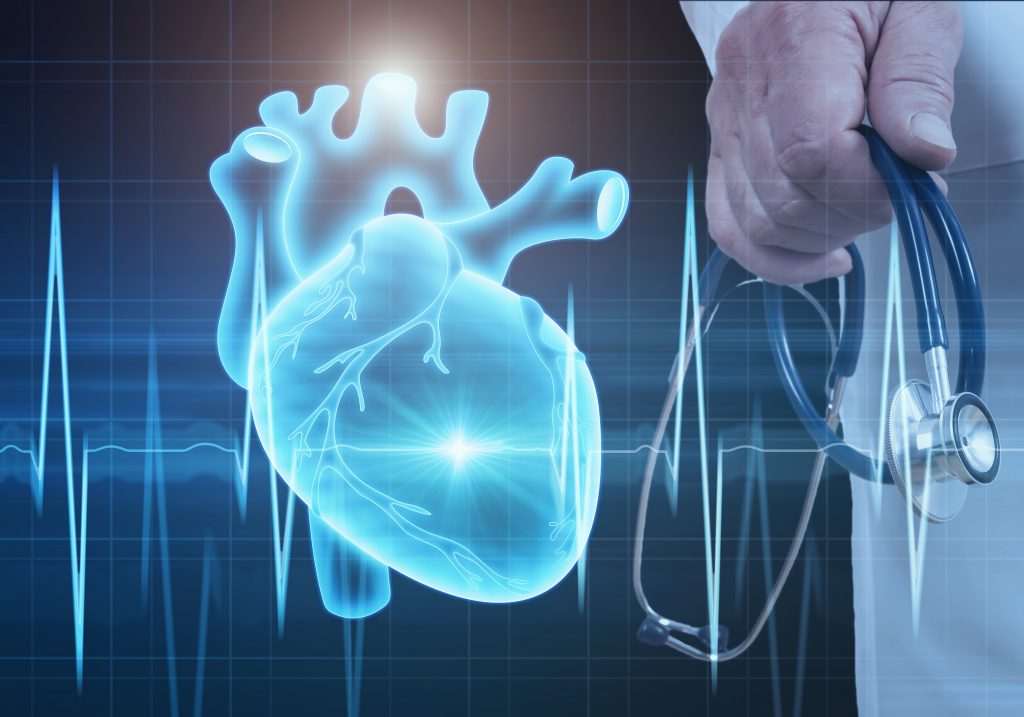HEART DISEASE SCREENING
Building Lasting
Relationship with you
“This doctor really stands apart from some of the others I have experienced. He is brilliant and has been able to figure out medical problems that other doctors could not figure out! If you have a problem that is not typical-see this doctor. It could save your life!”
“I have seen a lot of physicians in my time but few compare to Dr. Eshaghian. He was extremely thorough, yet efficient in the time we spent together.”
“A professional to the highest degree. Excellent bedside manner and patient care. Trust your heart and health to none other.”



